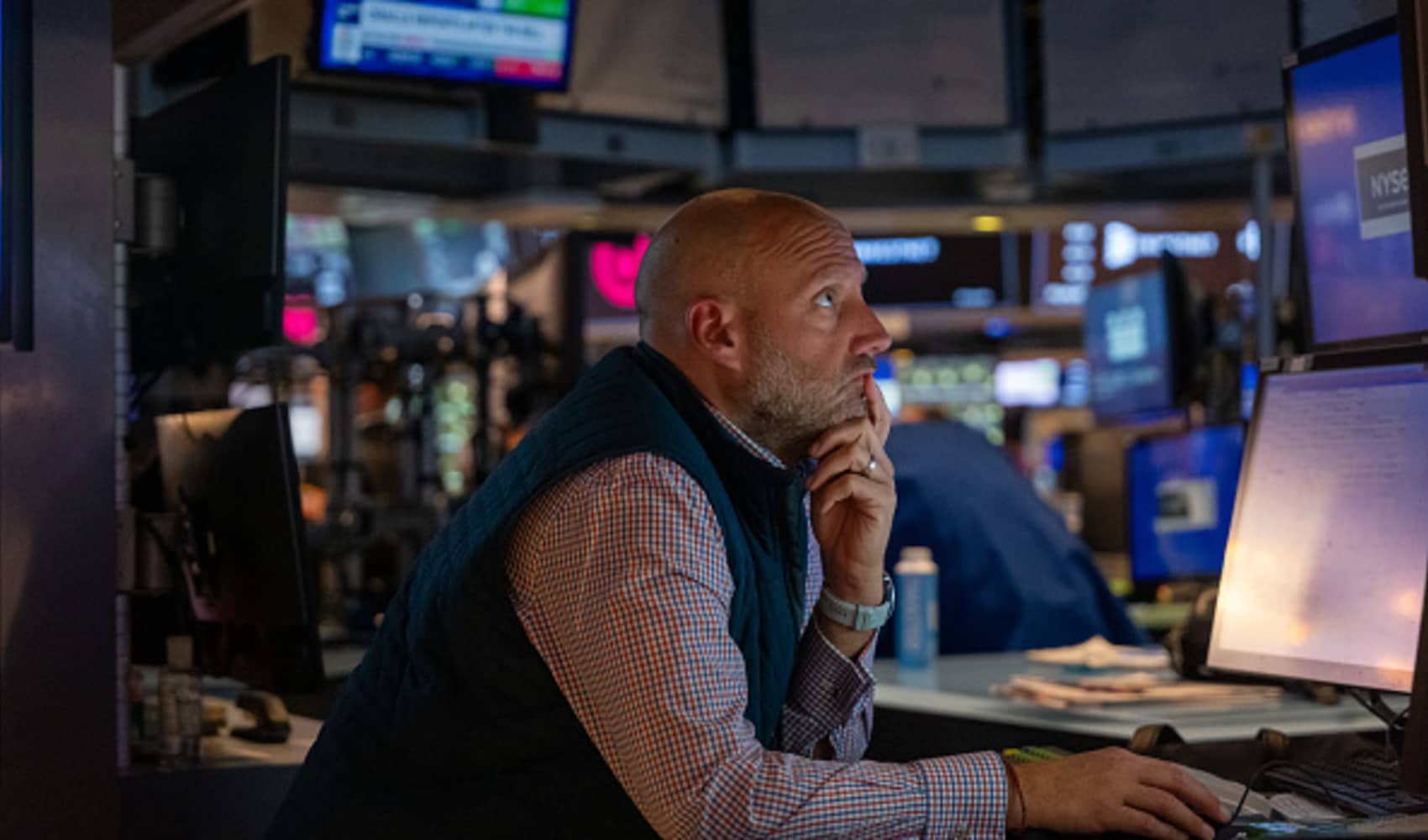
In 2016, when I was 35, and my wife Courtney was 32, we sold our house, a 4 bed, 2 bath 1,600-square-foot Arizona home, moved into a 200-square-foot Airstream RV with our two dogs, and set up our new home in a KOA campground in Tucson.
It was the first of many big changes for us.
By that point, I had saved about $900,000, enough to give myself some breathing room, and quit a job that I hated in software development. Courtney, a rocket scientist, joined me in throwing off the bonds of a 9-to-5 in 2017, and we hit the road.
DON'T MISS: How to master your money and grow your wealth
Over the course of the next three years, we traveled across the country full-time, filming videos for YouTube and writing about our experience.
At 42, I'm a self-made millionaire. Looking back, that decision to downsize was one of the key reasons why I was able to build wealth.
Get Tri-state area news delivered to your inbox. Sign up for NBC New York's News Headlines newsletter.
The 'freeing' reality of living small
Money Report
One of the biggest challenges was getting rid of most of our stuff before moving into the Airstream. We were amazed at how much junk we accumulated.
We unloaded some things on friends and family members. We donated a lot to Goodwill, probably enough to fill an entire store. We held garage sales over several weekends and digitized thousands of photos onto CDs instead of keeping physical photographs. That helped a ton.

We found that we didn't miss what we got rid of to pursue this life. Maintaining fewer things was actually quite freeing.
Living small made household chores quick and easy. In five minutes, I could vacuum the entire home. Another five minutes dusting. Tidying up took two or three minutes. In 30 minutes or less, our entire Airstream was as clean as the day we bought it. That was a great feeling.

The joys and challenges of RVing
We were able to keep our travel expenses low by staying as much as we could on Bureau of Land Management land. RVers can camp for 14 days on most Bureau land free of charge. It was beautiful.
The only catch was that there were no electricity, water and sewer hookups. Instead, we used roof-mounted solar panels to charge our batteries.

Our 72 gallons of freshwater storage on the Airstream provided about two weeks worth of fresh water, if we were careful. Our solar system made it easier for us to remain off-grid. We carried a 2,000-watt generator in case we needed extra power due to clouds or if trees blocked our panel's view of the sun.
We genuinely loved traveling and getting to learn so much about the country. We camped in about half of the 50 states, from New York to California.
Some of our favorite experiences were parking right on the water at Lake Powell, Arizona, camping along the ragged mountains by California's Alabama Hills, and driving around the grassy hillsides in New York's wine region.
When you're camping out in nature, though, you get to experience less-pleasant weather firsthand.

I vividly remember staying at a campsite in Leavenworth, Washington, in the summer of 2018. It was so hot that the electrical breakers kept malfunctioning because of all the ACs blasting.
Every week or two, we had to pack everything up and move. This routine included securing items inside the Airstream like toiletries on our small bathroom counter and virtually anything lying out that could move or break while driving. We used a bungee cord to bind my external computer monitor to my small desk so it wouldn't fall.

Our expenses on the road
For the first year of travel, we spent about $35,000. This included all of our expenses, including food, gasoline, insurance and camping fees.
Most of our expenses went down considerably after we moved into the Airstream, except for one. Our grocery bill increased by about 25% because we weren't always in a big metropolitan area where Costco or Safeway locations were plentiful. Instead, we often had to shop at more expensive local grocery stores in smaller communities.

We typically spent about $3,500 per month, which included:
- Propane: $40
- Pet care: $75
- Health insurance: $350
- Auto maintenance: $400
- Fun money: $1,000
- Groceries: $600
- Camping fees: $500
- Fuel: $500
Better equipped campgrounds in prime locations charged upwards of $100 per night. These pristine sites were level and well-maintained, and offered hookups to power, water and sewer.
Two weeks on Bureau land cost us nothing in camping fees. A $40/night camp spot with amenities would have cost us $560 for those 14 days. That difference adds up quickly!
The RV was one the best decisions I've ever made
Over that three year period, living cheaply in our Airstream allowed our net worth to climb while we drove, even though we no longer worked full-time jobs.
We made a few hundred bucks a month on YouTube as we filmed our lifestyle. I maintained a blog about early retirement that I've since sold, which brought in about $1,000 a month.

We lived primarily on what we made from these smaller sources of income. We hardly touched our stocks. Instead, we let our capital gains continue to grow for those three years of full-time travel.
We started with about $900,000, and our net worth increased by about $150,000 by the end of our travels. That foundation set me on a path to become a millionaire today. Not bad for never setting foot in an office!
Steve Adcock is a financial expert who blogs about how to achieve financial independence. A former software developer, Steve retired early at the age of 35. He occasionally writes about money for MarketWatch, Forbes and Business Insider.
Want to master your money this fall? Sign up for CNBC's new online course. We'll teach you practical strategies to hack your budget, reduce your debt, and grow your wealth. Start today to feel more confident and successful. Use code EARLYBIRD for an introductory discount of 30% off, now extended through September 30, 2024, for the back-to-school season.






